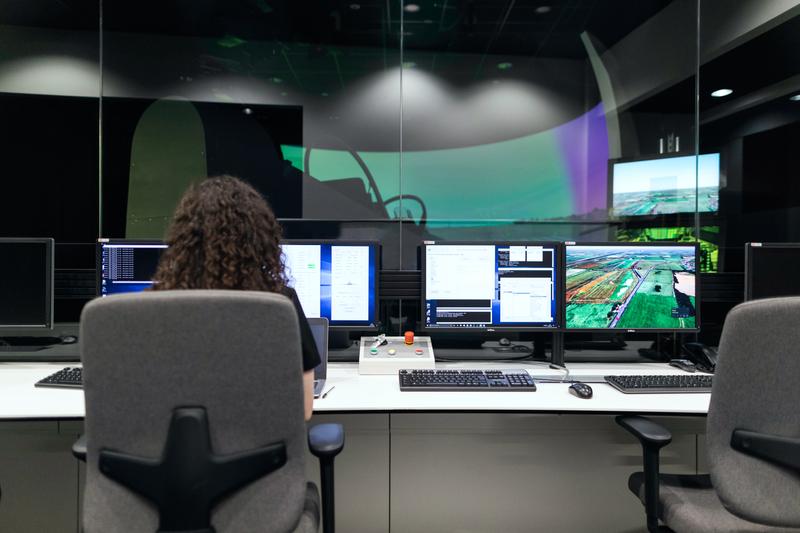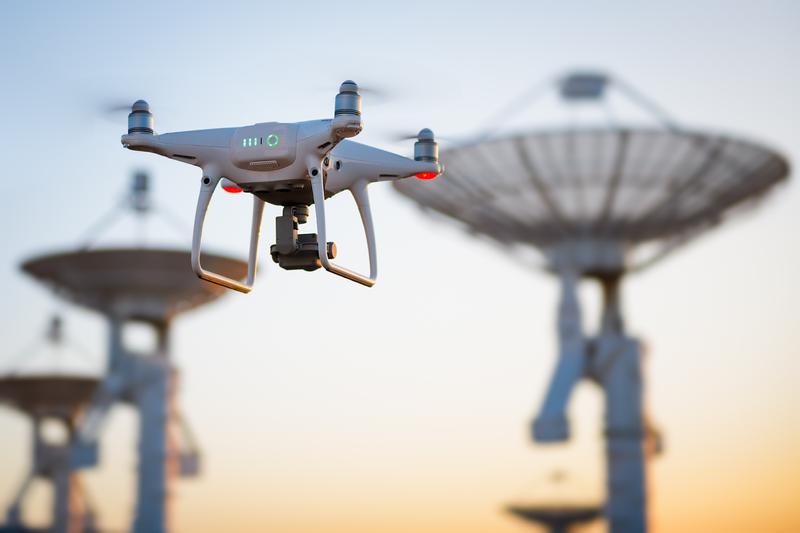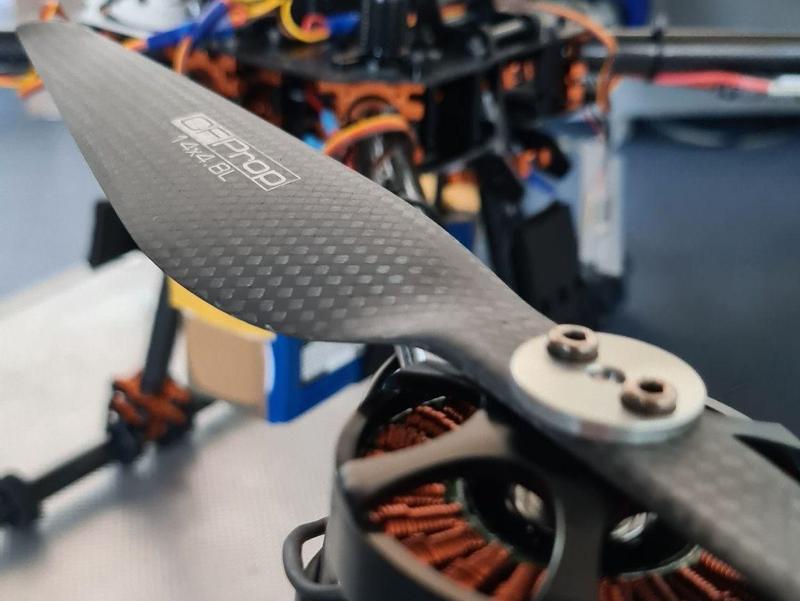 Aerial Crisis Networks
Aerial Crisis Networks
Communication is key, in particular during crisis events like earthquakes and floods that affect a large geographical area, while, at the same time, causing major outages of the existing infrastructure. First responders need immediate and reliable means of communication, not only to coordinate search and rescue missions but also to operate, for example, remote-controlled vehicles that assist in the mission. To support these use cases, the Aerial Crisis Networks (ACN) mission is developing ideas and concepts on how Unmanned Aerial Systems (UAS) can act as flying communication infrastructure. Such systems should be immediately deployable and help to create communication networks from scratch or complement existing infrastructure.
Contact Us
Communication supported by UASs can serve as the enabler for a multitude of applications. Given the fact that UAS are independent of existing infrastructure on the ground and are able to, for example, fly over non-traversable areas, they are well suited to assist during crisis events. The ability to hover and mount payload makes them flexible in use. One can, for example, collect sensory data, or take pictures and videos from points of interest. With communication links provided by UASs, this data can be forwarded to first responders or central operation centers. We increase the range of operation of such UAS by advanced algorithms for flight and mission planning as well as adaptive, resilient communication systems. These can also be used for remoteoperation of UAS in challenging conditions. Thus, the mission provides resilient means of communication that support multiple applications, such as gathering sensory data and surveying an area, while, at the same time, providing connectivity to people on the ground.
Research Question
How can UASs be prepared and deployed in a crisis to provide communication networks for different stakeholders and their needs?
Program Areas in the Mission

Information (INF)
Reliable and efficient data dissemination is an important aspect of emergency communication. In the program area INF, we provide solutions to handle uncertainty and cope with fluctuating connectivity. The aim here is both to improve the range of remote-operated devices themselves but also, through the use of store, carry and forward architectures, to use UAS as platforms for other applications, such as those running on IoT devices or smartphones of people on the ground. Due to possible delays in data propagation, we also research how such temporal information can be reflected in user applications, e.g. by integrating out-of-order or delayed sensor readings in command centers or UAV control software.
Team: Lars Baumgärtner Mira Mezini

Communication (KOM)
The program area KOM focuses on decentralized city-scale communication networks that use UAS to provide connectivity for first responders and the general public. To this end, we work on swarms of UASs that can be used for deadline-based transfer of time-critical messages. Using state-of-the-art machine learning (ML) techniques, we, furthermore, investigate how to react and adapt to rapidly changing wireless connectivity and mobility on the ground. This requires novel wireless technologies and systems that are designed from scratch to be interfaced by ML algorithms and reconfigurable on the fly.
Team: Benjamin Becker Bastian Bloessl Kai Cui Matthias Hollick Anja Klein Heinz Koeppl Markus Sommer Lin Xiang Burak Yilmaz

Cyber-Physical Systems (CPS)
The program area CPS focuses on the technical and operational aspects of unmanned aerial systems. To unleash the potential of UAS in crisis scenarios, it is crucial to integrate the UAS seamlessly into the operations and processes of the first responders so that their use presents not add an additional burden to the operators but truly assists them. Therefore, a high degree of autonomy and reliability is needed. CPS is developing resilient onboard systems that ensure safe operations. This is important, since, during crisis events, the airspace may not be under surveillance and air traffic participants like emergency helicopters are flying in unpredictable ways. Therefore, CPS is also creating concepts for operating UAS in such complex and very-low-level airspace.
Team: Maximilian Bauer Uwe Klingauf



